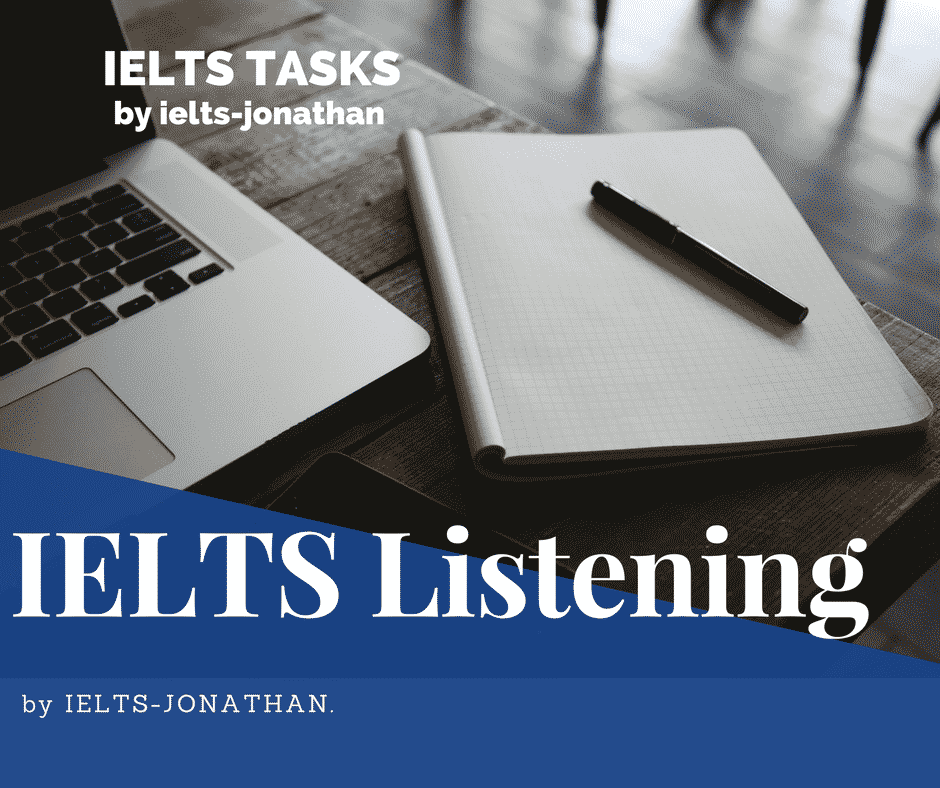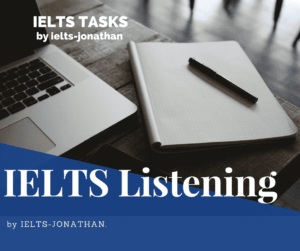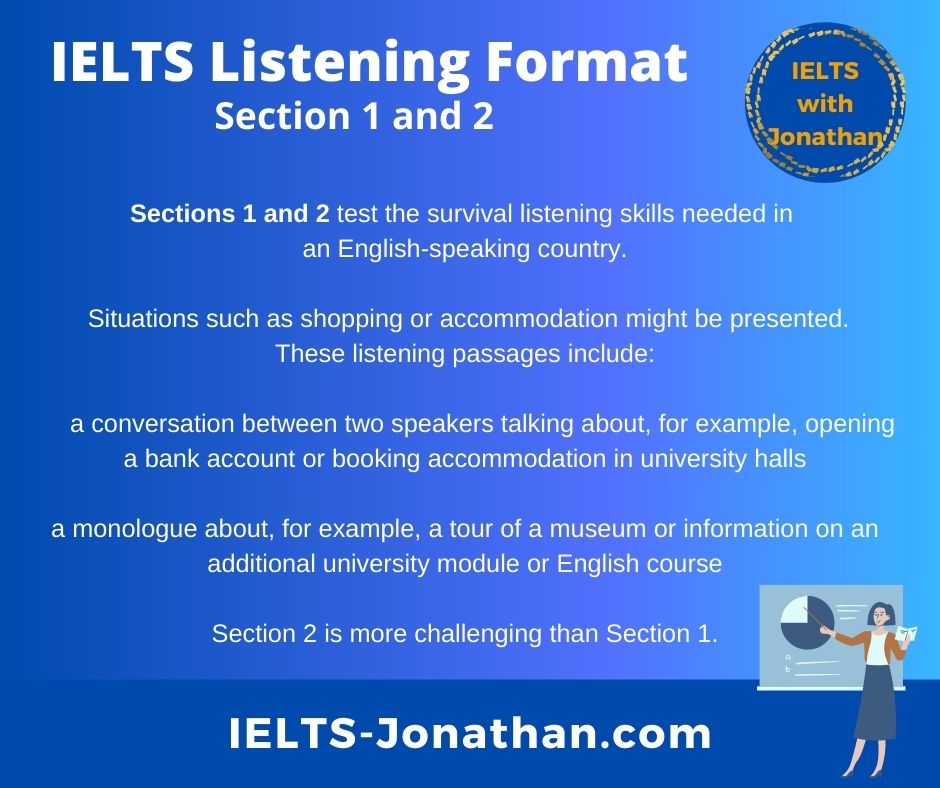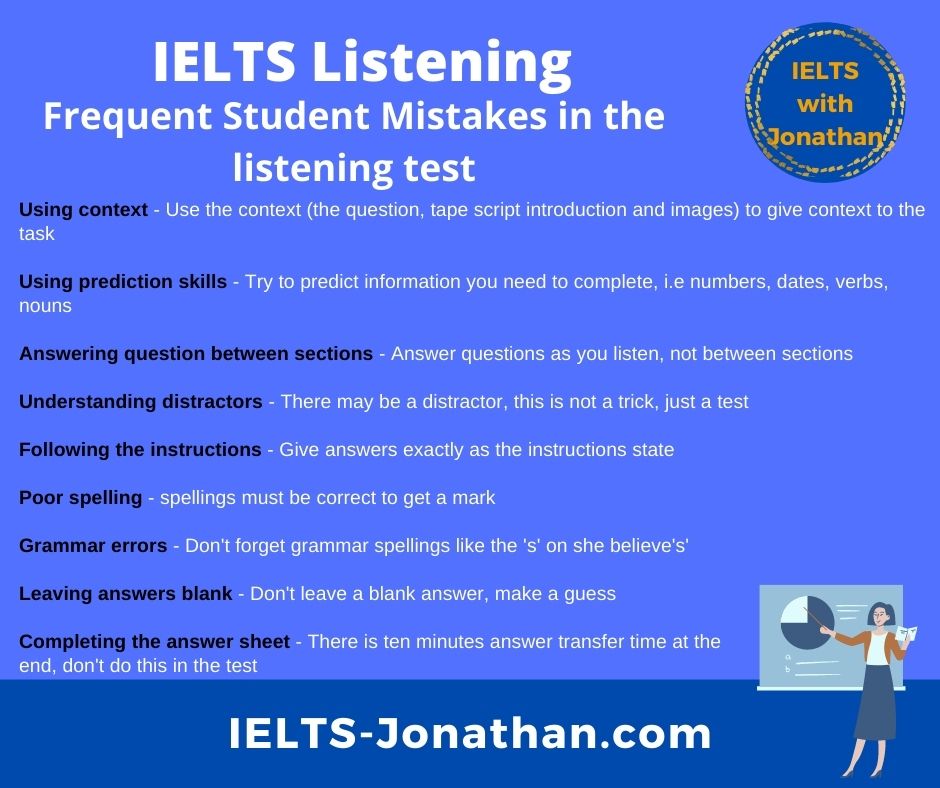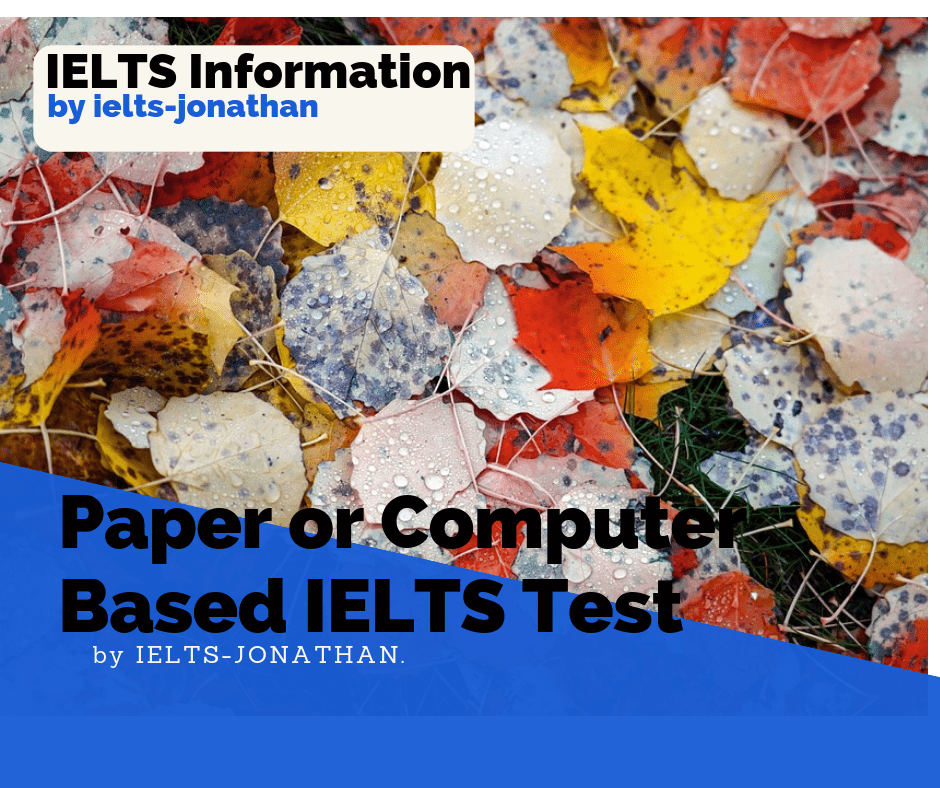Preparing for IELTS Listening: An Overview
Source: www.ielts.org
The IELTS exam tests the range of listening skills that you need to live, work or study in an English-speaking environment.
This means the exam is designed to assess, and by how much, your level and understanding of functional spoken English in a range of formal and informal contexts.
What is the IELTS listening test?
When you take the complete IELTS test, listening is the first module.
There are four sections in this module with a total of 40 questions.
In each section, 10 questions are presented and the recording is heard ONCE.
Each section increases in difficulty.
You have time to look through the questions before you listen, and also time to check your answers after each section.
How long does the IELTS Listening test last?
The complete module takes about 30 minutes.
If you are taking the paper-based test, you write your answers on the question paper as you listen, and then have 10 minutes at the end of the test to transfer your answers to a separate answer sheet.
You’re always given time to transfer the answers at the end, but only ten minutes.
You hear a range of accents including British, North American and Australian English.
It’s quite a good idea to listen to or watch a variety a speakers in films or on TV or on the radio to help you deal with these different types of accent.
IELTS Listening Section 1 and 2
These sections are regarded as the least difficult.
Section 1 and 2 develop the listening skills needed for survival in an English-speaking country, in situations such as shopping, accommodation, etc.
These listening passages include:
- a conversation between two speakers talking about, for example, opening a bank account
- a monologue about, for example, a tour of a museum or information on part-time English courses
Section 2 is more challenging than Section 1.
IELTS Listening Section 3 and 4 IMAGE
Section 3 and 4 have a more academic context, with an educational or training focus.
They are more challenging in both context and content but also how you answer the questions.
These sections not only feature more speakers and higher-level vocabulary but also test the study skills and strategies you need for university or the workplace.
These include:
- a conversation between up to four people talking about, for example, a school project or seminar
- a monologue, where, for example, a lecturer is talking on a general academic topic
12 types of IELTS Listening question IMAGE
A number of questions formats are used in the test, taken from the following question types.
Each has a particular test function:
- Multiple choice
- Matching
- Classification
- Short-answer questions and lists
- Note/Table/Flow chart completion
- Sentence or summary completion
- Labeling a diagram, map or plan
Each section of the test usually contains examples of two or three question types.
In one complete listening test you could get a maximum of 12 different question types (typically you will get about eight or nine).
Sometimes the same question type occurs in more than one section of the test.
Remember, you may get a mix of the listening question types in any section of the test.
How the listening test is marked
All the answers have one mark.
Any answer which is above or under the word limit specified for that task will not receive a mark, so it is important to read the instructions carefully.
Spelling and grammar is important and must be correct or no mark is given
Both British and American spellings are acceptable, e.g. programme/program, colour/color, but you should NOT use abbreviations.
Numbers can be written as words or figures.
The final score is converted into a Band Score of between 1 and 9.
You can get half bands in the listening test, e.g. 7.5.
What can you do to improve your Listening scores?
These are some important points to remember about this test.
- Use the time before the recording begins to look at the questions. Predict what sort of answers are required. (e.g. Do you need a number, date or a name?)
- Try to anticipate what the speaker will say next. This will help you to focus on the answers.
- Underline key words in the questions to help you when listening.
- Don’t worry if you miss a question. Answer the next question and go back to the one you missed later.
- Check your spelling and grammar carefully.
- Be careful to transfer your answers accurately at the end of the test.
- There is no negative marking so you don’t leave any blanks answers. Answer all the questions, even if you are guessing.
Common student mistakes in IELTS listening
Listening and context
Many students enter the listening exam with the intention of just listening to pass.
This puts you at an immediate disadvantage.
It is so important to consider the context of the listening exercise before each listening section starts.
There are always context clues in the instructions and the additional clues in the text or visuals.
This helps you activate and access any appropriate vocabulary and language you need.
Using your prediction skills
This is a similar idea to using the context.
Underline key words you can see in the questions to focus your attention.
Think about the paraphrases or synonyms you might hear.
Although the context for the listening may be obvious, to really listen strategically, you should make internal predictions about what kind of content you are going to hear.
Put simply, this means really thinking about what could happen in the tape script AND what specific information you need to listen for to answer the question.
Do you need to complete a time, date, number or place for each question?
Wasting time between sections
A lot of students use the time between sections to complete the previous answers.
This time is ‘valuable time‘ that can be used for the next section.
Don’t do this.
The questions follow the order of the tape script so try to answer the questions as you hear them.
You will need to practise this skill to become competent, but you will certainly benefit from developing this skill.
The time between sections is time to plan for the next section.
Use this time to think about ‘context‘ and ‘predictions‘.
If you haven’t thought about the context and prediction for the next section, you risk being unprepared.
This means, of course, there is a more chance of missing important information.
Losing concentration and your place in the test
Many questions may confuse you so that lose your place in the test.
You may even lose your concentration.
Just try to remain calm. Remember all the questions in the section are marked equally.
Simply move to the next question.
Stay focussed and try to follow the speaker and the questions.
Understanding distractors
Distractors are a common feature of IELTS Listening.
Distractors are not designed to trick you, but simply test your listening skills.
A distractor may test you level of vocabulary or understanding of subtle grammar differences, or even test how you deal with native-speaker features of speech.
A simple example of a distractor are multiple choice questions where you may hear all of the possible choices in the tape script.
The distractor may be particularly obvious. This is why many students believe that distractors are just to ‘trick’ the candidate.
This is not the case. Distractors test real features of listening and speech.
Multiple choice questions are not the only distractors in IELTS listening.
A another good example is when a speaker says one thing and then self-corrects, says the opposite or uses a synonym.
This may ‘trick‘ a low-level user because they only use clues from the questions and, as in daily life, may miss-hear or make the wrong assumptions.
Be aware of this.
Always continue to listen carefully after you think you have found the answer.
Following instructions
There is often a specific requirement for your answer.
The instructions will say something like “no more than one word” or “no more than two words”.
In other cases, you might be asked to circle more than one answer. Make sure that you do exactly what the instructions state.
Not following the instructions can produce answers that are marked as wrong.
This means no mark for that question.
Incorrect spelling
Your spelling in the listening section matters so be careful.
A misspelt answer will be marked as wrong.
The good news is the both British and American spellings are acceptable.
flavour, flavor – humour, humor, – labour labor, – neighbour neighbor – center, centre
and there is no distinction in noun and verb spellings
license, licence practise, practice
American English tends to be written with an ‘C’ rather than an ‘S’
In American English, practice is both a verb and a noun. In British English, ‘s’ denotes the verb and ‘c’ denotes the noun
Grammar mistakes
Mistakes like leaving off the plural ‘s’ or confusing countable and uncountable nouns are also marked as wrong as well as word endings.
He believe’s’, pay too many tax, the important (ance) of,
Difficulties with spellings and grammar
Unlike the Reading test where you will be able to see the word in the passage and simply copy it, in the Listening test, you will need to rely on your own knowledge of spelling conventions.
Leaving an answer blank
Don’t leave an answer blank.
In the final ten minutes of answer-transfer time, you may find you have unanswered questions.
Go back to the previous sections, look at any notes and the context then see if you can think of an answer that fits the gap.
You do not lose marks for a wrong answer, so if you are not sure of the answer, guess.
If you guess, there is a chance you could be correct!
Writing answers on the answer sheet during listening sections
Complete the answer sheet at the end of the listening.
You are given time to do this.
The tape script is played only once and not repeated, so it is crucial that you do not get distracted.
So, don’t write answers from the question paper to the answer-transfer sheet until you have finished all the IELTS listening.
Remember, you are given ten minutes after the audio finishes to transfer your answers from the question paper to the answer sheet.
A final word on making predictions
Consider just how easy and how powerful it is to use predictions.
Look at these examples of IELTS Listening Multiple Choice questions.
Without listening to the text, do this.
Think carefully about the statement and the three answers.
Without listening to the tape script, what do you think the correct answers could possibly be?
28. If British workers had an extra Bank Holiday per year, how would they spend it.
A Working
B Spending time with family
C Spending time with colleagues
It is impossible to guess the correct answer without listening to the passage. However, you can gain useful information in the questions to make predictions.
For instance, if a theme develops in the listening related to the topic of “relationships” there is a good chance that you can focus on questions…
“B” spending time with family and
“C” spending time with colleagues”
as possible answers.
Both refer to this general category of relationships.
You could use your understanding of context and vocabulary.
The context is set in the UK and there is a specific word ‘Bank Holiday‘.
You may make the connection that for many people the word ‘Bank Holiday‘ is associated with ‘time off‘ or time spent with family or friends.
While few people do work on bank holidays, using your critical skills may help prepare your answer.
Likewise, the theme of relationships is repeated the next question with a focus on answer 29. C.
29. Understanding how people consider time can help us
A Identify ambitious people
B Improve working conditions
C Improve working relations
Can you see how these examples of predictions could be useful?
Of course, you still need to listen carefully and closely during the exam, but context and predictions can really help you make the right decisions.
It can also make you aware of those distractors in the test. 🙂
Jonathan
I’m Jonathan
I’ve taught IELTS and University English in more than a dozen universities and schools around the world.
I’m a parent, traveller and passionate about language teaching and helping students achieve their dreams.
Whilst living in Austria or working in Asia, I run IELTS courses to help students get to where they want to be.
If you are serious about IELTS, connect with me to see how I can help you.

